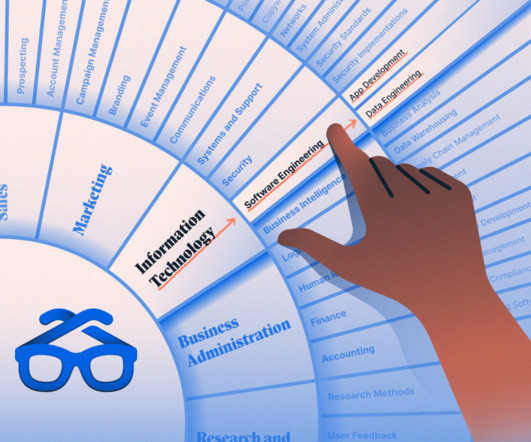What Is a Skills Taxonomy? And Why Is Your Competency Model Obsolete?
Degreed
MARCH 3, 2023
A skills taxonomy can help you make sense of what your people can offer as you work toward achieving business goals. A skills taxonomy is: A hierarchical system of classification that can categorize and organize skills in groups or “skill clusters.” They’re dynamic and constantly updated as new skills emerge and others fade.























Let's personalize your content